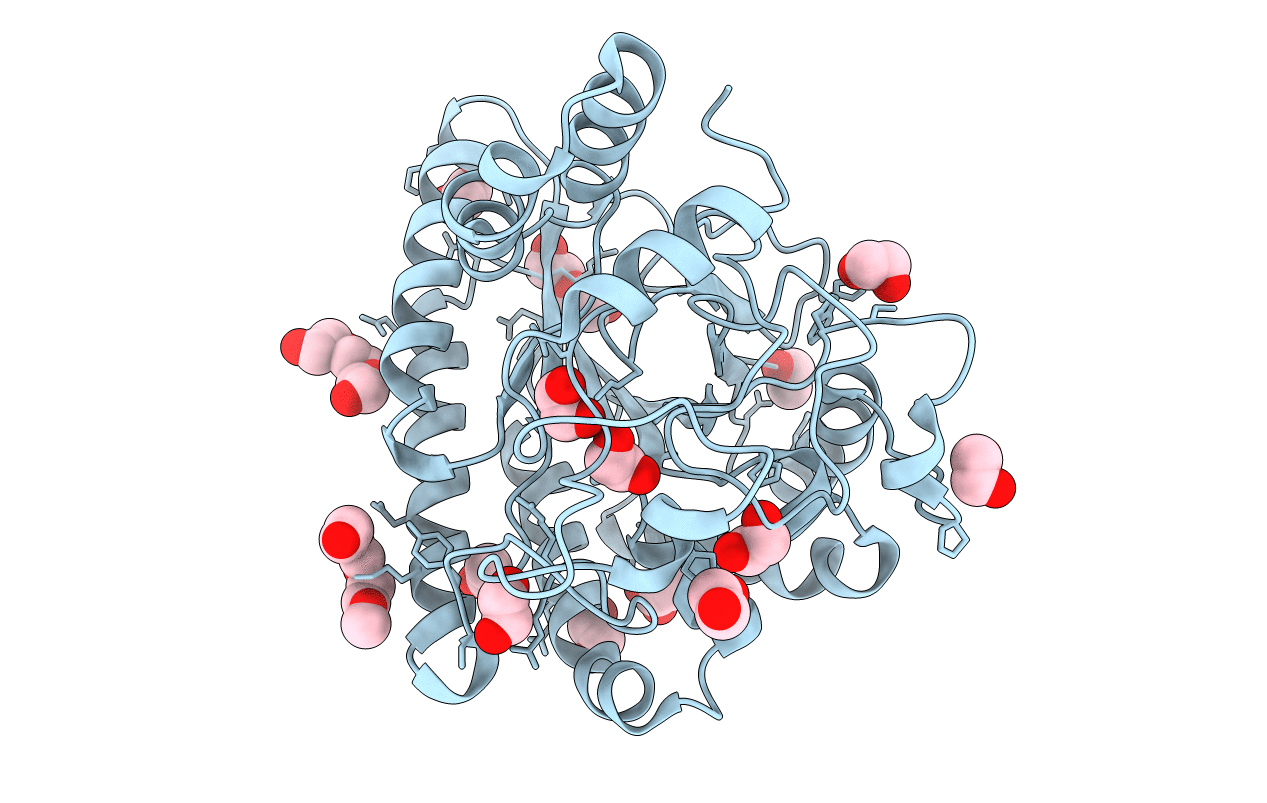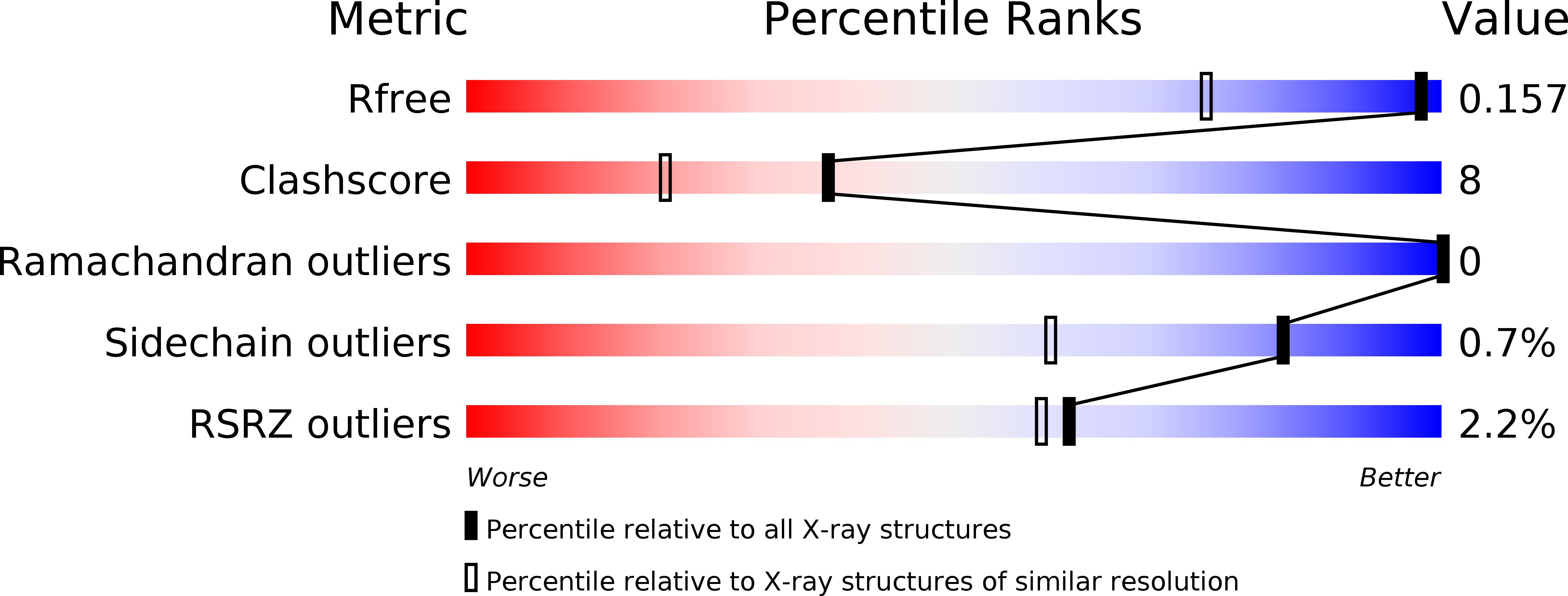
Deposition Date
2012-11-29
Release Date
2013-04-03
Last Version Date
2024-11-27
Entry Detail
PDB ID:
4I5U
Keywords:
Title:
Crystal structure of a fungal chimeric cellobiohydrolase Cel6A
Biological Source:
Source Organism:
Humicola insolens (Taxon ID: 34413)
Chaetomium thermophilum (Taxon ID: 209285)
Trichoderma reesei (Taxon ID: 51453)
Chaetomium thermophilum (Taxon ID: 209285)
Trichoderma reesei (Taxon ID: 51453)
Host Organism:
Method Details:
Experimental Method:
Resolution:
1.22 Å
R-Value Free:
0.15
R-Value Work:
0.14
R-Value Observed:
0.14
Space Group:
C 1 2 1


